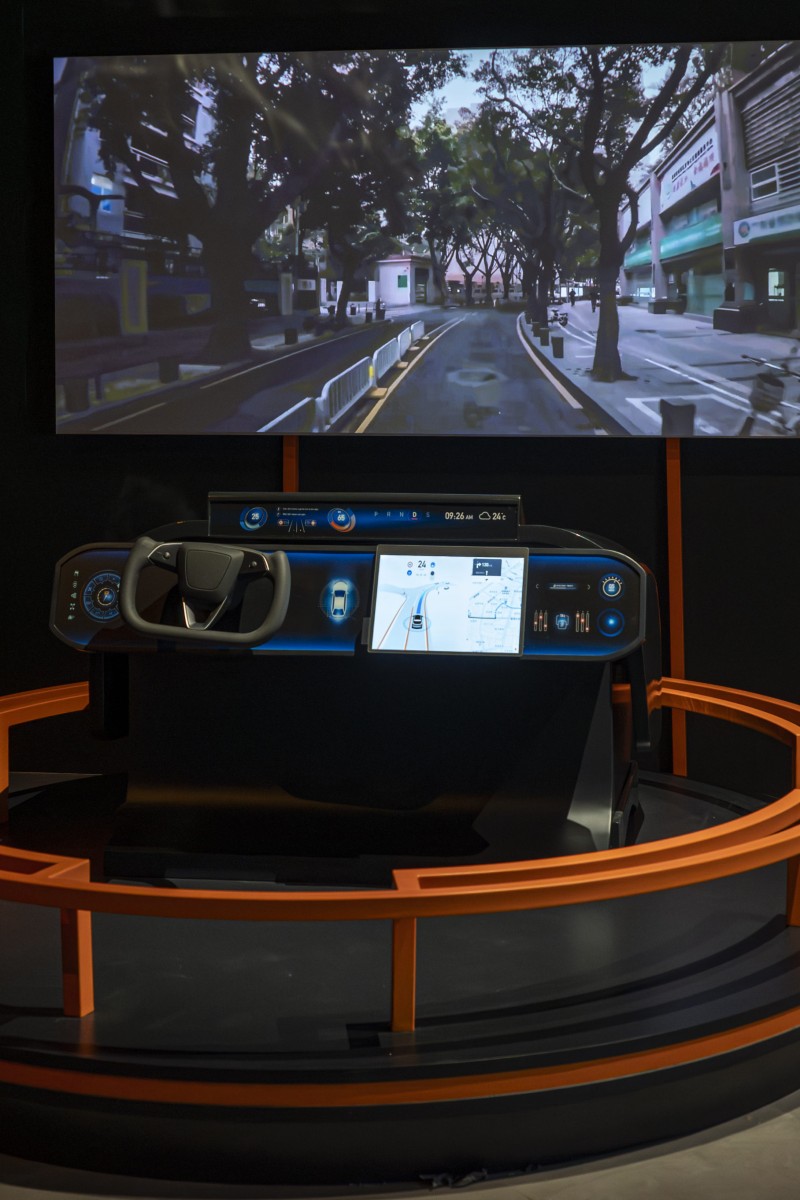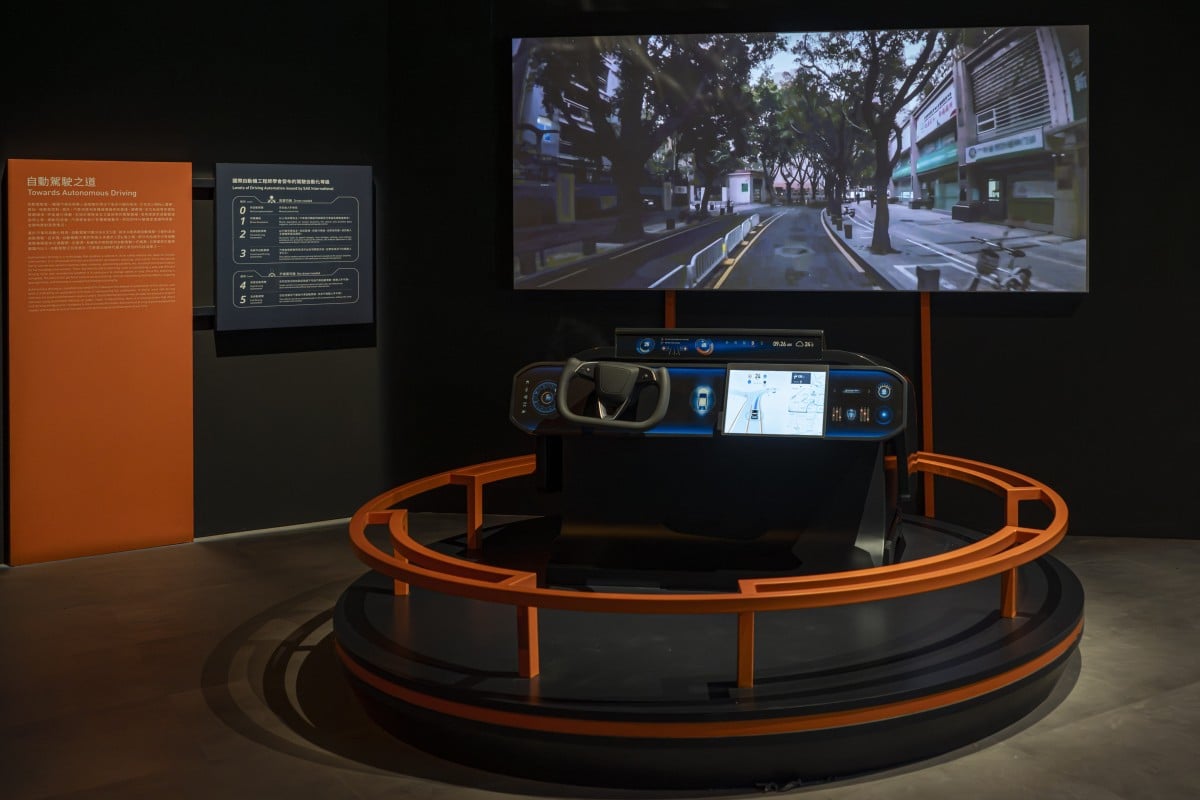
How AI is part of daily life, from drone rescue missions to self-driving cars
New technology helps save lives, create self-driving cars and even clean our homes.
 A simulation of the cockpit of a self-driving car at the Hong Kong Science Museum. Photo: Handout
A simulation of the cockpit of a self-driving car at the Hong Kong Science Museum. Photo: Handout John Hopfield and Geoffrey Hinton are pioneers in artificial intelligence (AI). They won the Nobel Prize in physics last month. Their groundbreaking research in machine learning has made this technology an important part of our lives.
AI in daily life
Drones are one great example of AI in action. For example, drones help the Hong Kong Fire Services Department rescue people from the mountains. The drone takes photos of the area where someone might be lost. Then, AI analyses the images to help the drone complete the mission quickly and safely.
AI is also making an impact in robotics. Robots are used in factories to build cars and at home to save us time on chores. For example, modern floor-cleaning robots use AI to learn the layout of your home. This helps them figure out which areas to clean or avoid.
An exciting use of AI is for cars that drive on their own. Self-driving cars use AI to move through traffic. Sensors help these vehicles “see” their surroundings by identifying traffic lights, pedestrians, and other vehicles. This helps the car make safe decisions about how to drive.
How AI works
The way AI learns is similar to how humans learn. The first step in teaching an AI system involves collecting data. For example, training a self-driving car requires thousands of pictures and videos of roads, cars and pedestrians. These images are the car’s learning materials, much like how humans learn from textbooks.
The next step is training the AI with machine learning, which uses programmes to understand the data. Machine learning can be divided into several types. These include supervised learning, unsupervised learning and reinforcement learning (see graphic).
Computer engineers are developing a more advanced form of machine learning called deep learning. Its programmes are designed to work like the human brain. It processes data in multiple layers that are connected in a similar way to the brain’s neurons. Each layer analyses different parts of the data and helps the computer look for patterns.
AI systems are able to analyse large amounts of data, experiment with different outcomes, and improve based on feedback. This way, they can become smart enough to figure out the best way to do things even when facing new problems.
Explore AI at the Hong Kong Science Museum’s new exhibition, “Era of Intelligence”. The exhibition is free to visit from now until February 5, 2025. For details, please visit the website of the Hong Kong Science Museum.
Young Post has partnered with Hong Kong Science Museum and Hong Kong Space Museum to encourage your pursuit of science. Every month, the museums answer questions about the world around us, the cosmos and beyond.
